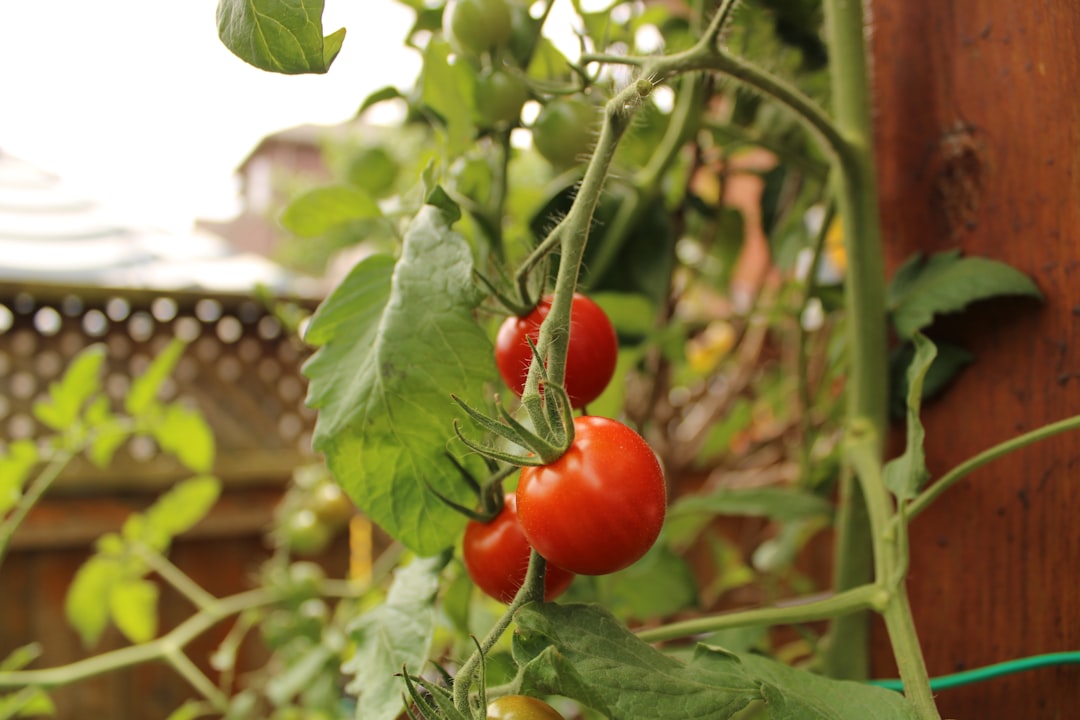The Secret to Growing Delicious Tomatillos

Tomatillos, those small, green fruits encased in papery husks, are a staple in many kitchens, especially when it comes to making the vibrant and tangy salsa verde. If you're eager to embark on the journey of growing your own tomatillos, you're in for a rewarding experience. In this guide, we'll explore the ins and outs of tomatillo cultivation, from planting to harvesting.
### When to Plant Tomatillos
Tomatillos are warm - season plants, so timing is crucial. They are sensitive to frost, so it's best to wait until all danger of frost has passed in your area. In most regions, this means planting tomatillo seedlings outdoors after the last spring frost date. You can start the seeds indoors about 6 - 8 weeks before the expected last frost. This gives the plants a head start and allows them to be strong enough to be transplanted outside when the weather is favorable.
When starting seeds indoors, fill small pots or seed trays with a high - quality seed - starting mix. Plant the seeds about ¼ inch deep and keep the soil moist. Place the pots in a warm area, ideally with a temperature between 70 - 80°F (21 - 27°C). You can use a heat mat to maintain the proper temperature. Once the seedlings have emerged and have a few sets of true leaves, they can be gradually acclimated to outdoor conditions through a process called hardening off. This involves exposing the seedlings to the outdoors for a few hours each day, gradually increasing the time over a week or two.
### How to Grow Tomatillos
#### Location and Soil
Tomatillos thrive in full sun, so choose a location in your garden that receives at least 6 - 8 hours of direct sunlight per day. The soil should be well - drained, fertile, and rich in organic matter. You can amend the soil with compost or well - rotted manure before planting to improve its structure and nutrient content. The pH of the soil should be slightly acidic to neutral, between 6.0 and 7.0.
#### Spacing
When transplanting the seedlings outdoors, space them about 2 - 3 feet apart in rows that are 3 - 4 feet apart. This gives the plants enough room to grow and spread. Tomatillos can grow quite bushy, so proper spacing is essential for good air circulation, which helps prevent diseases.
#### Watering
Tomatillos need regular watering, especially during dry spells. Keep the soil consistently moist but not waterlogged. Water at the base of the plant to avoid getting the leaves wet, as wet foliage can lead to fungal diseases. A soaker hose or drip irrigation system is an excellent way to water tomatillos, as it delivers water directly to the soil.
#### Fertilizing
Before planting, incorporate a balanced fertilizer into the soil. You can also side - dress the plants with a nitrogen - rich fertilizer about a month after transplanting. However, be careful not to over - fertilize, as too much nitrogen can result in excessive foliage growth at the expense of fruit production.
#### Support
As the tomatillo plants grow, they may need support. You can use stakes, cages, or trellises to keep the plants upright. This not only makes it easier to harvest the fruits but also helps prevent the branches from breaking under the weight of the fruit.
### How to Harvest Tomatillos
Tomatillos are ready to harvest when the fruits fill out the husks and the husks start to turn papery and split. The fruits themselves should be firm and have a bright green color (although some varieties may turn yellow or purple when ripe). To harvest, simply grasp the fruit at the base and gently pull it from the plant. You can store the harvested tomatillos in the refrigerator in their husks for up to a few weeks.
In conclusion, growing tomatillos can be a fun and rewarding activity. By following these guidelines on when to plant, how to grow, and how to harvest, you'll be well on your way to enjoying fresh, home - grown tomatillos and making delicious salsa verde.